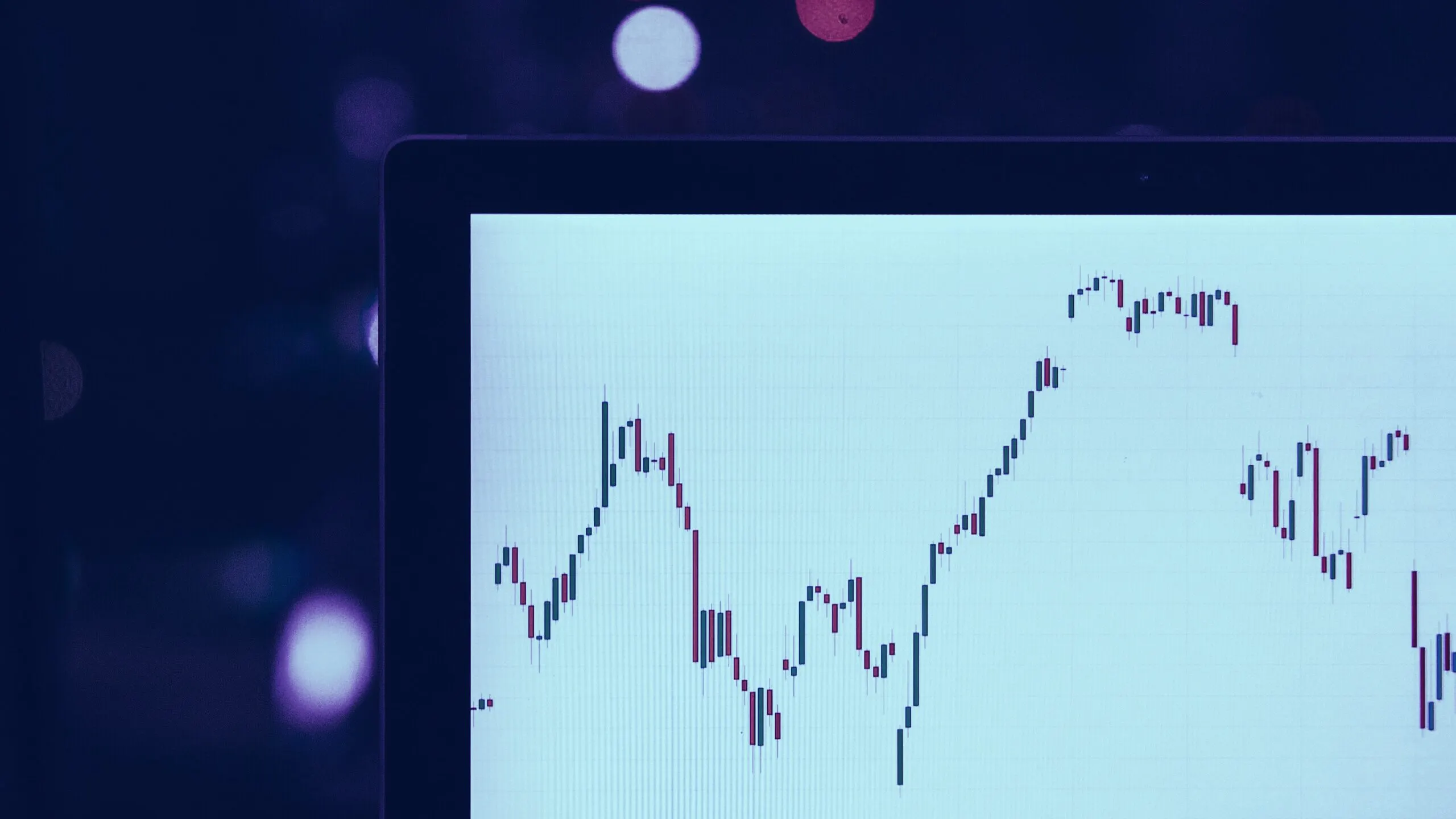In brief
- Decentralized exchange volume fell by nearly half in October, when accounting for unusual volume related to the Harvest Finance DeFi exploit.
- Uniswap still processed more than $11 billion in trading volume for the month.
- DeFi overall broke even, with total value locked steady at just above $11 billion.
Decentralized exchanges may be falling out of fashion as quickly as they were adopted, with October seeing major drops in volume across the board. Is DeFi starting to lose its shine?
Decentralized exchange volume was down more than 26% in October compared to the previous month, processing about $19.3 billion in all, according to blockchain data provider Dune Analytics. But that doesn’t quite tell the full story, and the drop in volume across Ethereum-based DEXs would have been much more pronounced if not for the anomalous spike on October 26.
Accounting for unusual volume related to the Harvest Finance hack that totaled nearly $5 billion across Uniswap and Curve, the decline in volume was far more significant: down 45% in October compared to the previous month.
October is, in fact, the first month since April in which decentralized exchange volumes have fallen sequentially, and the magnitude of the drop reveals a major shift in the focus of the crypto community.
Decentralized exchanges, or DEX, allow users to swap between crypto tokens without first giving up custody of their coins, as is required when using centralized exchanges. Trades are performed right on the blockchain, using automated code known as smart contracts to match orders with pools of liquidity provided by other protocol users.
Decentralized exchanges are part of a wider group of protocols known as DeFi, or decentralized finance, that aim to replace centralized services, such as centralized crypto exchanges and banks, with financial products and services performed on the blockchain.
Decentralized exchange volume had been on a tear since June, growing from aggregate exchange volume of $1.6 billion that month to more than $26 billion in September, when volume peaked. Uniswap, a DEX popularized through its simple interface and some of the lowest trading fees in the industry, has dominated DEX volume during the run-up and still captured nearly 58% of all volume in October, more than $11 billion, or $9 billion excluding its portion of the unusual Harvest Finance volume.
DeFi protocols overall had a better month, but still only broke even. Total value locked in DeFi, measuring the value of user funds contributed to allow protocols to issue loans or provide liquidity for DEXs, started the month at $11.17 billion and ended on October 31 with $11.14 billion locked, according to DeFi data aggregator DeFi Pulse.
While the reasons for declining DEX volumes are likely varied, some industry observers have suggested that the booming volumes beginning in June were unsustainable, and that the high yield incentives that drove most of the action have dried up. In early October, the CEO of crypto exchange FTX, Sam Bankman-Fried, said volumes on decentralized exchanges were “bullshit” and would soon diminish. So far, it looks like he was right.

